H.A.R.T®Facts
H.A.R.T® Facts
The Beginning
In 2017 101 million people participated in wildlife related activities. 15 million were hunters but their participation was down over 2 million from past years.
Overview
Hunters and their dollars are the backbone of wildlife conservation.
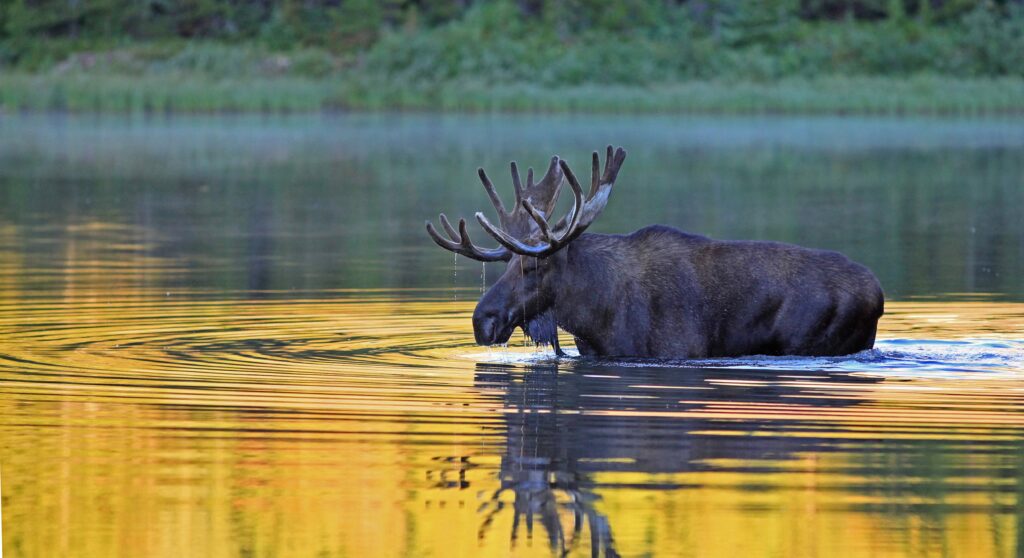
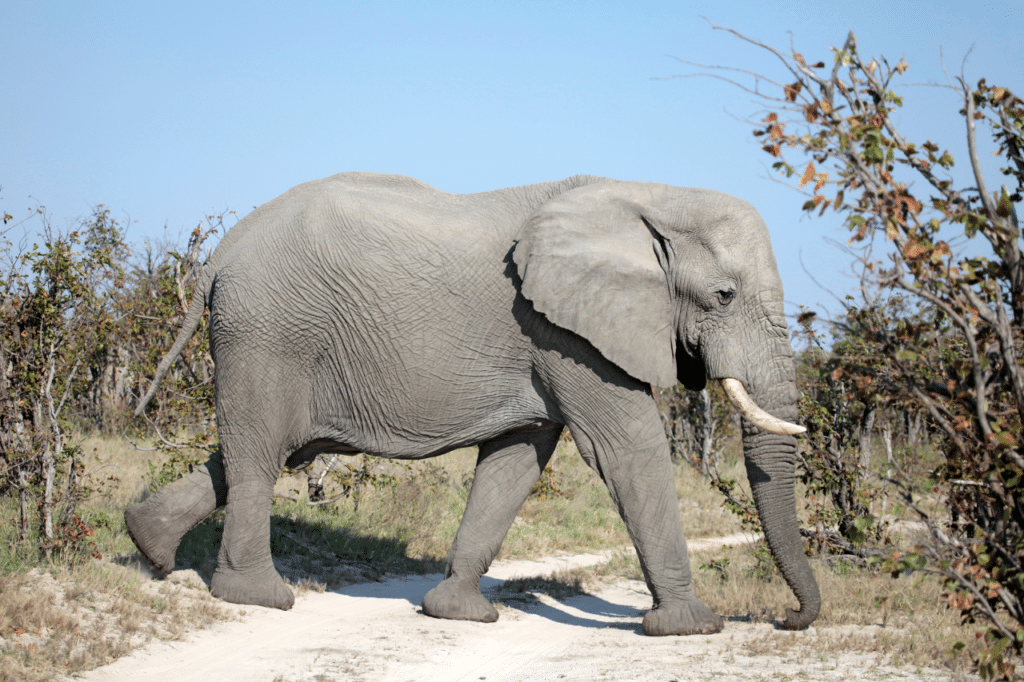
Necessities
Equipment And Protocol
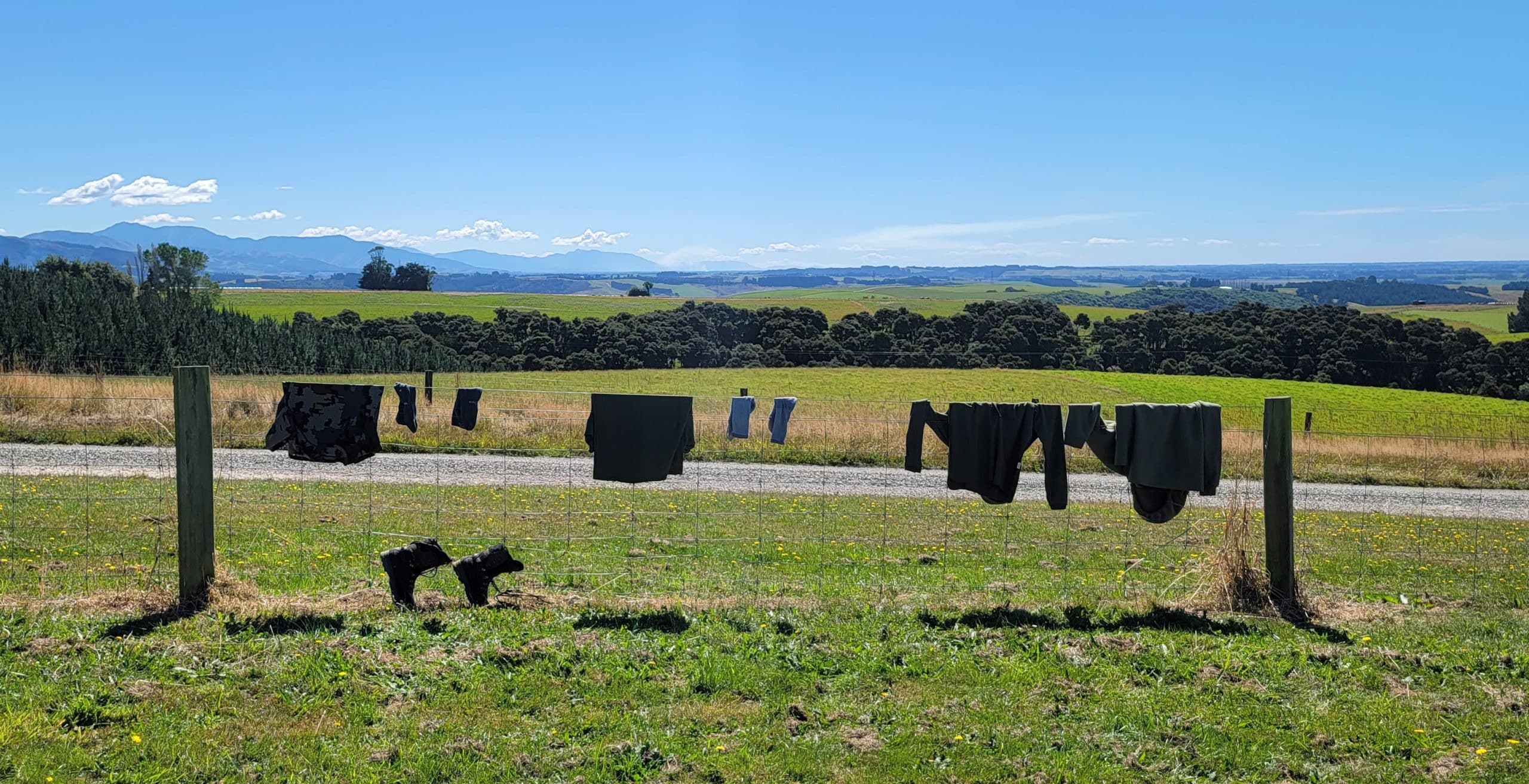
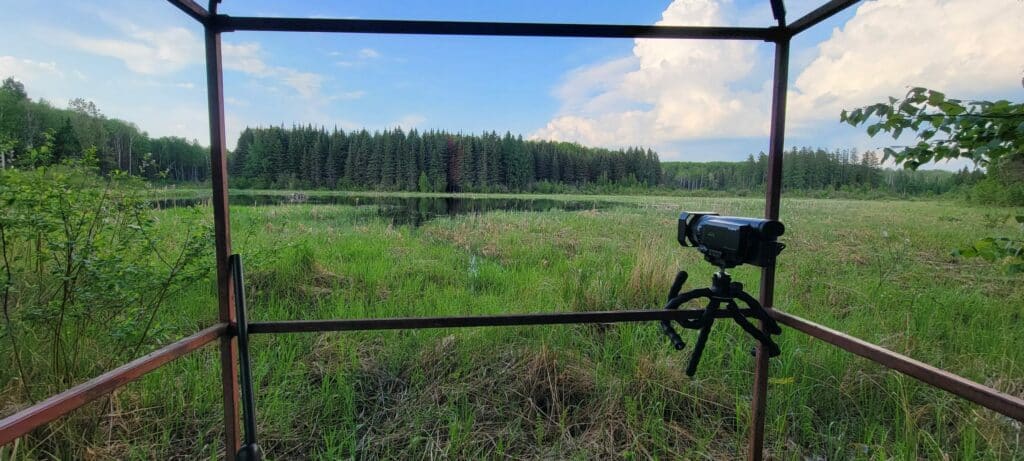
Results
The Trophy
After the harvest, there are four trophy options available to memorialize your hunt.
- First, the picture obtained before the shot can be printed on canvas and hung on the wall.
- Second, the picture can be sent to an artist who will paint a custom scene with your exact animal as the focal point of the painting. You will then have a one of a kind painting to hang on your wall.
- The third trophy option is to have a custom replica made from the photo. Exact replicas can be expensive but would be most like a full harvest trophy but probably reserved for fairly unique trophies.
- The forth trophy option involves searching for replica antlers or real antlers that pretty closely match the specs of the animal and building a mount using those antlers or horns with a purchase cape or a recycled mount.
There are literally hundreds of good mounts for sale with smaller antlers or horns that could be traded out for the replica or purchased set. This goes a long way in preserving the initial full harvest of that animal and carrying on its memory. Any reclaimed mount that represents your hunt can be used as well as any other form of art, jewelry, or sculpture. The choices are numerous and you get to choose how to memorialize the hunt.
The first two options are great for small rooms and small homes/cabins with limited wall space. They may be better received by spouses who object to animal heads hanging on their walls. The latter two work well in trophy rooms or large cabins where the mounts realize their full artistic potential.
Why
The Benefits
Increased participation by urban/non hunters.
Having the ability to “harvest” an animal without killing and having to attend to the processing of the meat may be a draw for some folks. Also, some individuals would like to participate in hunting activities but do not have the desire to full harvest an animal. H.A.R.T® enables the traditionally non-hunting individual to now experience all the positive aspects of the hunt experience.Increase recruitment and training opportunity for young newcomers to the sport.
After completion of the written hunter safety requirements, new hunters could take part in a few initial H.A.R.T® hunts to ensure safe firearm handling and to see if a full harvest scenario is desired in the future. The technology would allow for small game and bird hunts to be a part of this initial phase. The nice thing about it is that at any point a live round can be loaded and a full harvest hunt could commence.

Why
The Benefits
Increased hunting opportunity for low population species or preserve style hunts.
This would allow more hunter participation for species with low annual permit allocations. It would also help preserves monetize their investment in genetics and see a greater ROI per animal.Increased conservation revenue
With the added participation would come added revenue that could possibly initiate more hunter access and better wildlife management.Increased trophy size and/or higher populations of trophy animals.
If a percentage of trophy hunters went the H.A.R.T® route, the pressure on the resource could be lessened and the ability of animals to reach trophy status could be increased.Decrease in waste of game and poaching.
With this technique hunters not interested in eating the harvest would have another avenue to secure a trophy. This would reduce wasting of meat, which unfortunately does happen, and reserve that animal for a hunter who needs to fill the freezer. Also, with more hunters afield at a greater percentage of the year, poaching activity should be well reported and thus should see a likely decline.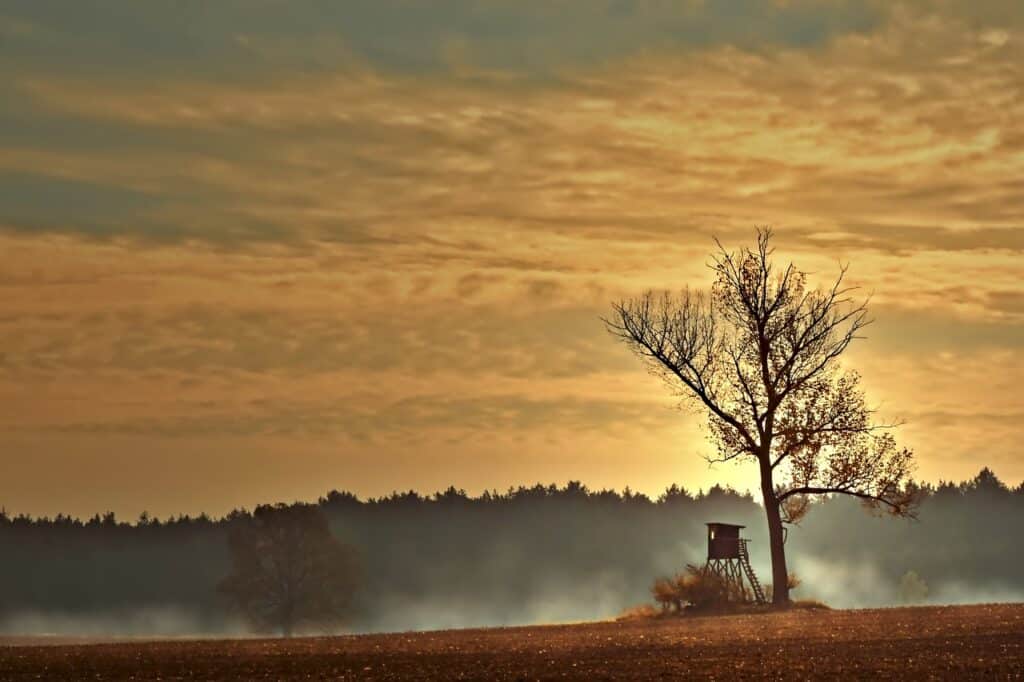
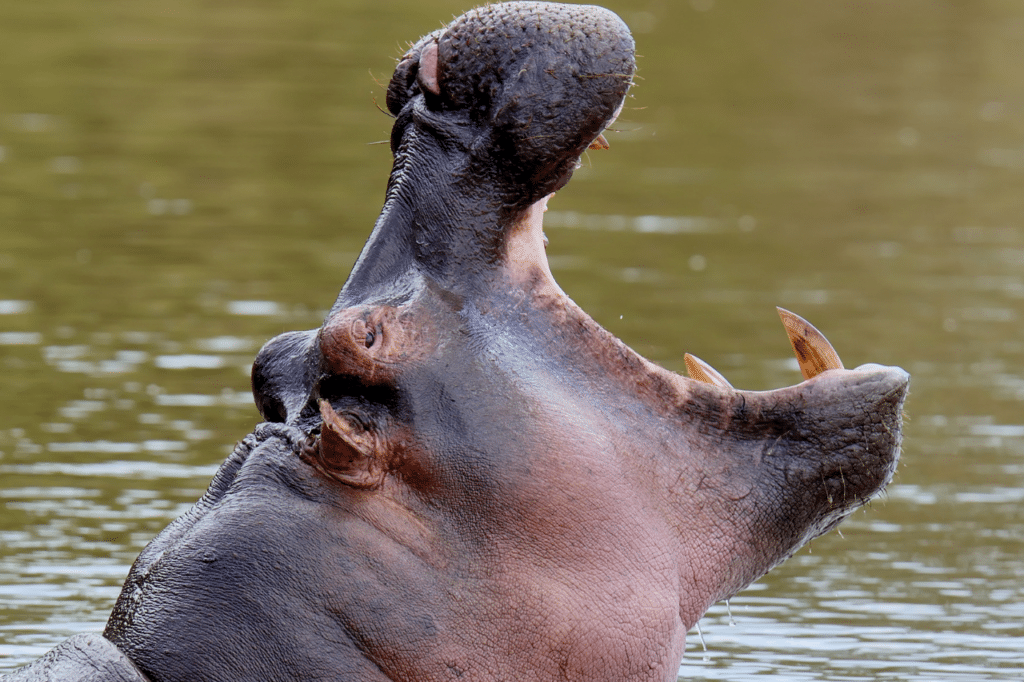
Why
the benefits
Recycling of unwanted mounts
Giving life to an old mount just makes sense.Increased economic activity for rural areas and supporting workers
Outfitters and guides could realize a longer season. Rural communities could see increase traffic for lodging, restaurants and bars, and various other economic activities. Artists and taxidermists could see more consistent business resulting in a viable career for more individuals.Charitable contributions based on The H.A.R.T® Condition might be one of the biggest benefits of this technique.
Conclusion
Rules and etiquette will be addressed in the videos as they are situation specific. The one thing that is for certain is that this technique is all about the hunt. It is about the long day in the tree stand or the long stalk in on a wary animal. It is also about the places these hunts take place in and the experiences obtained throughout the adventure. In short it’s about the journey not the destination. The destination ultimately becomes -Where the Harvest is The Hunt.
